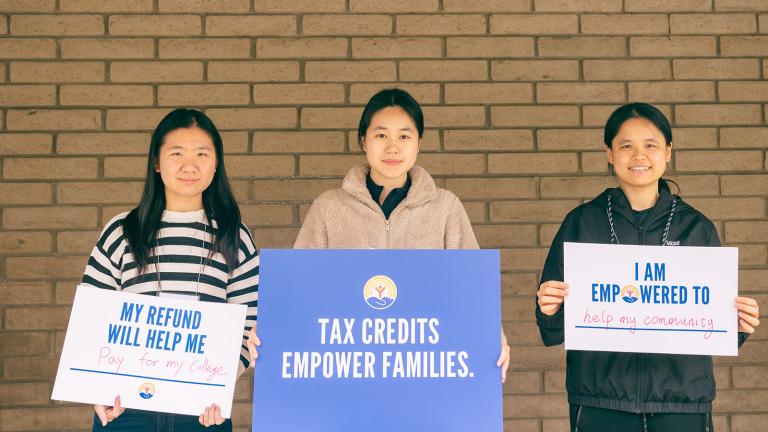Reflections During Asian American, Native Hawaiian, and Pacific Islander Heritage Month

At United Ways of California, we honor and celebrate observances like Asian American, Native Hawaiian, and Pacific Islander (AANHPI) Heritage Month to promote a sense of belonging among our staff, to recognize and honor the significant contributions of historically marginalized or underrepresented voices, and to educate ourselves about inequities and injustices in our country.
In May and year-round, it is important to celebrate the accomplishments and contributions of AANHPI people. It is also important to remember historical injustices such as the Chinese Exclusion Act of 1882 and the internment of Japanese Americans during World War II as well as acknowledge inequities that continue to affect Asian Americans, Native Hawaiians, and Pacific Islanders in California today.
Addressing Inequities and Misconceptions Affecting the AANHPI Population
While the AANHPI community is often stereotyped and dubbed a “model minority,” heralded as proof of the “American Dream,” these stereotypes are harmful to Asian Americans, Native Hawaiians, Pacific Islanders, and other racial and ethnic groups they are compared to—particularly Black Americans.
It’s critical that the AANHPI community not be looked at or treated as a monolith. The term AANHPI represents a diverse group of people with ancestors from more than 40 countries and even more ethnic groups, according to the Asian Pacific Institute on Gender-Based Violence. Combining these widely varying populations can obscure disparities happening within portions of the AAPI population.
The AANHPI population as a whole and subsets of this group face a variety of inequities and injustices that must be acknowledged.
This is particularly true in California. According to the U.S. Department of Health and Social Services Office of Minority Health, California has the largest AANHPI population of any state. And about two-thirds of the most common non-English languages spoken in California are Asian languages, according to the California Complete Count from the Census 2020 Office.
United Ways of California’s Real Cost Measure study shows that 30% of Asian American and Pacific Islander households are unable to afford basic necessities like housing and health care. According to the U.S. Department of Health and Social Services Office of Minority Health, 9.6% of Asian Americans are living at poverty level, with many discrepancies in income and employment existing between subsets of the AANHPI population. A 2018 study by the Pew Research Center also found that Asian Americans had the largest economic divide of any racial group, showing that there can be very different financial stories among the AANHPI population. The National Asian Pacific American Women’s Forum states, “AAPI women are overrepresented in frontline and low-wage positio